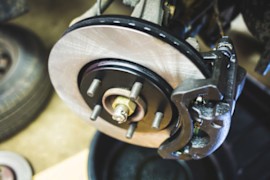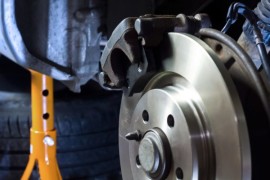{
"lazyNodes": false,
"abFitnotesFlag": false,
"abCrawlReviews": false,
"productOptionsCookie": false,
"orderDelayFlag": false,
"skipSessionCookie": false,
"covidMessage": false,
"fullTitleCookie": false,
"nrLoggerCookie": false,
"checkoutReviewCookie": false,
"productOptionSeqCookie": false,
"maintenanceFlag": false,
"bufferETACookie": false,
"multiShippingDiscountFlag": false,
"newFitmentFlag": false,
"surveyOptInFlag": false,
"crossSellFlag": false,
"skuMappingFlag": false,
"paySplitCookie": false,
"callDisableFlag": false,
"zipPaymentFlag": "u",
"hassleFreeReturn": false,
"lifetimeReplacement": false,
"cpn_off": false
}Need Help? Call Us1-866-529-0412
2006 Pontiac Wave5
2006 Pontiac Wave5 Brake Disc and Pad Kits
Refine by:
Shop Catalog
Showing 1 - 1 of 1 results
Sort by:
Part Number: KIT-BS42624-261
Guaranteed to Fit
$128.49
Vehicle Fitment
- 2006 Pontiac Wave5 Base 4 Cyl 1.6L
Product Details
Location : FrontNotes : Includes Caliper mount lubricantComponents : (2) Brake Disc and (1) Brake Pad SetRecommended Use : OE ReplacementQuantity Sold : 2-Wheel SetWarranty : 1-year Bosch limited warrantyProp 65 Warning :
![]() WARNING: This product can expose you to chemical which is known to the State of California to cause cancer and birth defects or other reproductive harm. For more information go to www.P65Warnings.ca.gov.
WARNING: This product can expose you to chemical which is known to the State of California to cause cancer and birth defects or other reproductive harm. For more information go to www.P65Warnings.ca.gov.
Page 1 of 1 | Showing 1 - 1 of 1 results
Popular Products

BoschFront Brake Disc and Pad KitManufacturer #KIT-BS42624-261
( Reviews) Questions, Answers
BOSCH OE REPLACEMENT BRAKE DISC AND PAD KIT
Revive your drive with the sturdy design and dependable, OE-standard performance guaranteed by Bosch's OE replacement Brake Disc and Pad Kit. Since 1886, Bosch has developed innovative products—including spark...
Helpful Automotive Resources
How Often Do Brakes Need to Be Replaced?
Pro Tip:
Drum brakes are still a thing on some new vehicles, but since they’re usually in the rear, drum brakes don’t usually require as much service as front disc brakes.
A Short Course on BrakesOn a disk brake, the fluid from the master cylinder is forced into a caliper where it presses against a piston. The piston, in-turn, squeezes two brake pads against the disk (rotor), which is attached to the wheel, forcing it to slow down or stop.
How Do Car Brakes Work?Under pressure and expelled from the master cylinder, the brake fluid amplifies the force transmitted by your foot. Using this force, each brake caliper squeezes a pair of brake pads against a rotor, creating friction.
Each wheel on your vehicle comes with its own brake and attached hydraulic device. All





